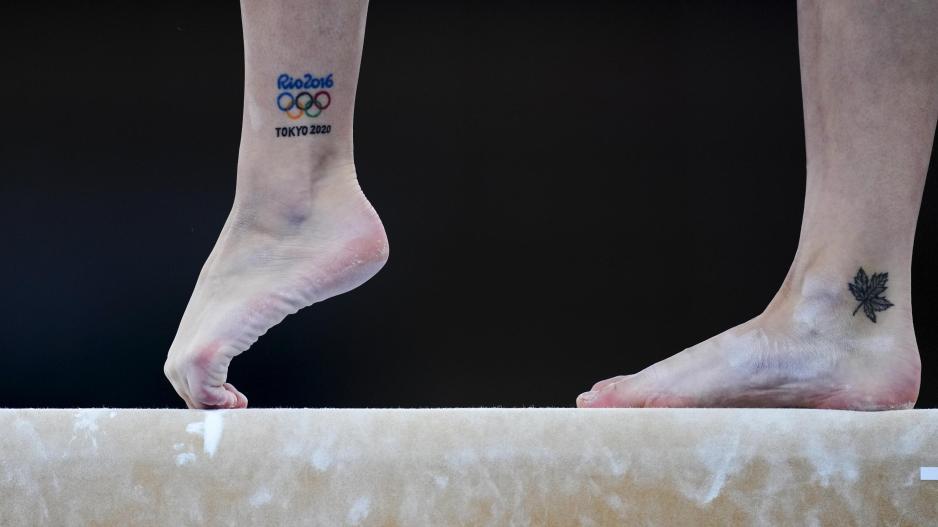The Olympic Rings Tattoo: A Tradition Among Olympians
The Olympic Rings Tattoo Has Become a Near-Ritualistic Initiation for Those Who Earn the Title of Olympian. But How Did This Trend Start?
The Olympic symbol, the five rings, doesn't only adorn iconic landmarks of host cities, like the Eiffel Tower in Paris. They also embellish muscular biceps, extended forearms, and sweaty necks of athletes, specifically Olympians.
The five Olympic rings represent the union of the five inhabited continents—Africa, America, Asia, Europe, and Oceania—and their interconnection signifies the inclusivity of Olympism and how athletes from around the world come together for the Games.
It all started with American swimmer and two-time Olympian Chris Jacobs, credited with beginning the tattoo trend over 30 years ago, after the 1988 Seoul Olympics. Jacobs noticed some Canadian swimmers had small tattoos of the Canadian flag on their chests, which led his mind to wander to another iconic symbol: the Olympic Rings.
"I think it has become a rite of passage," Jacobs told USA Today. Jacobs, who now has three different tattoos featuring the rings, added, "It's almost like a little card for a somewhat exclusive club."
It’s perhaps not surprising that a swimmer started the trend. These athletes often have only their bodies to express their individuality. But the trend quickly spread to other sports, and now everyone, from gymnast Simone Biles to sprinter and Dazed cover star Noah Lyles, chooses this tattoo.
"I feel like the Olympic Rings are the one tattoo only we can get," said archer Brady Ellison in an interview with the Washington Post.
However, Olympic tattoos have not been universally accepted. After the trend spread to Paralympians, many were asked by officials to cover them during the Games.
In 2016, British swimmer Josef Craig was disqualified from a race because his tattoo violated the International Paralympic Committee's rule stating that "advertisements on the body are not allowed in any way (this includes tattoos and symbols)." The Olympic Rings represent a competitive trademark, as technically, Paralympians compete under a different emblem, logo, and organization.






